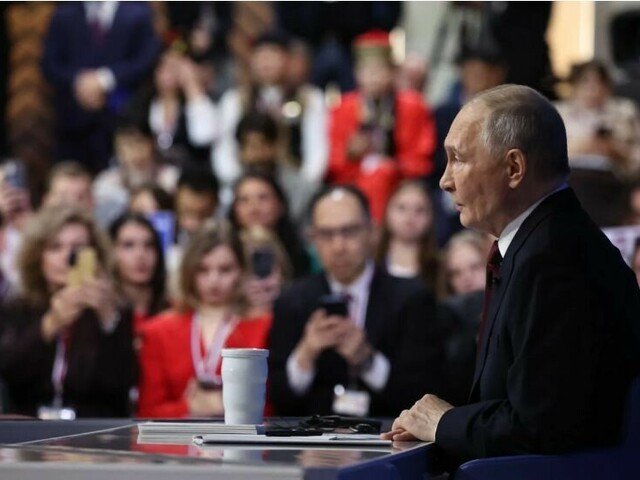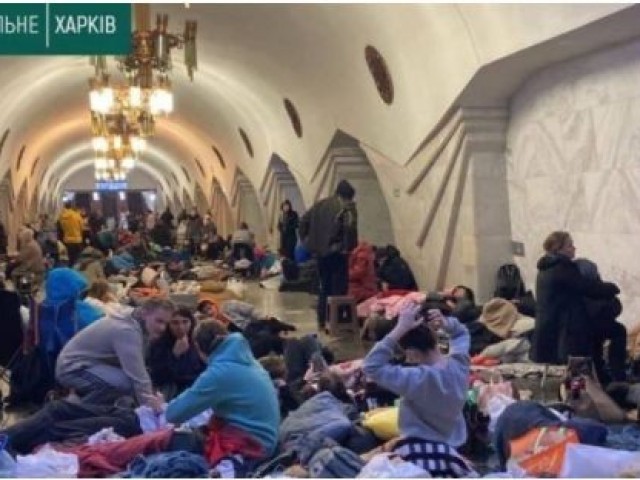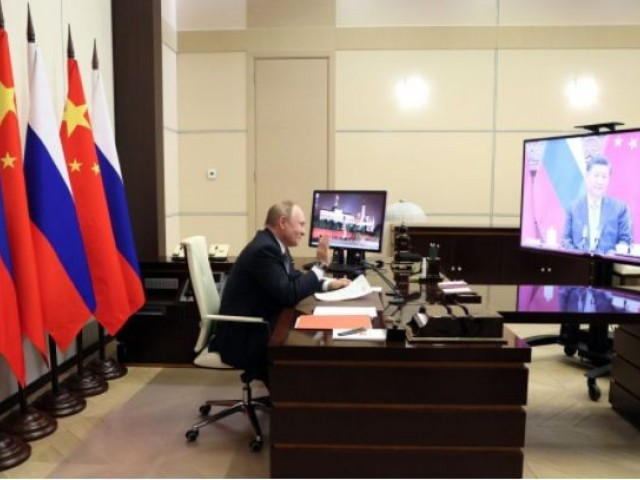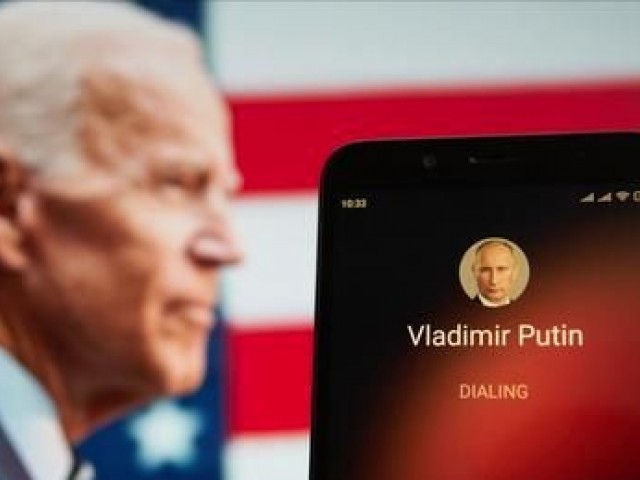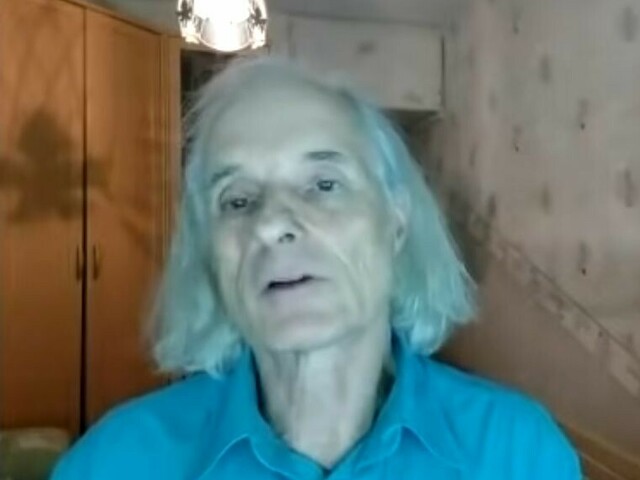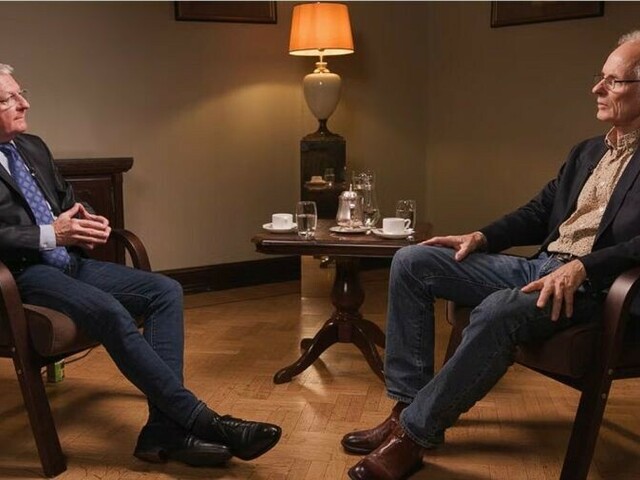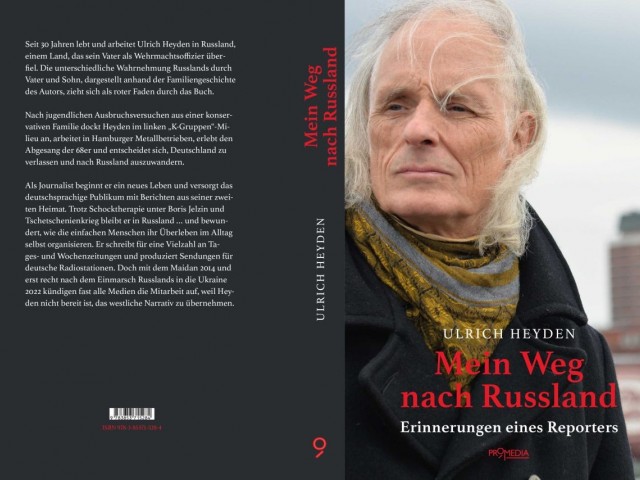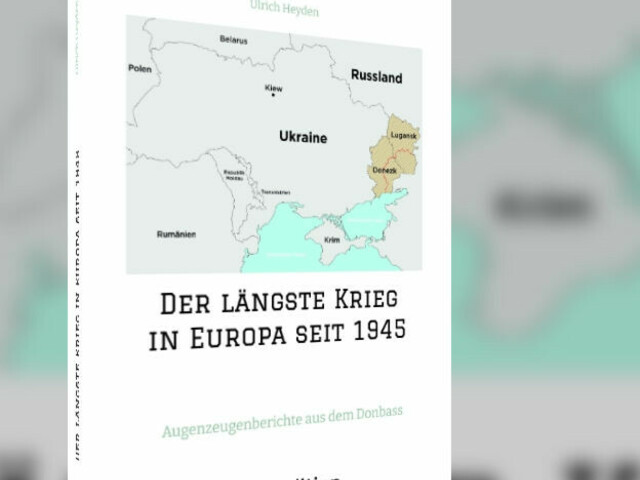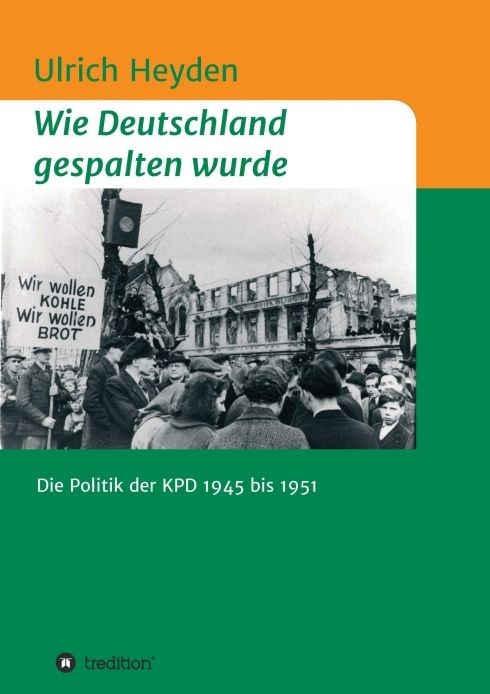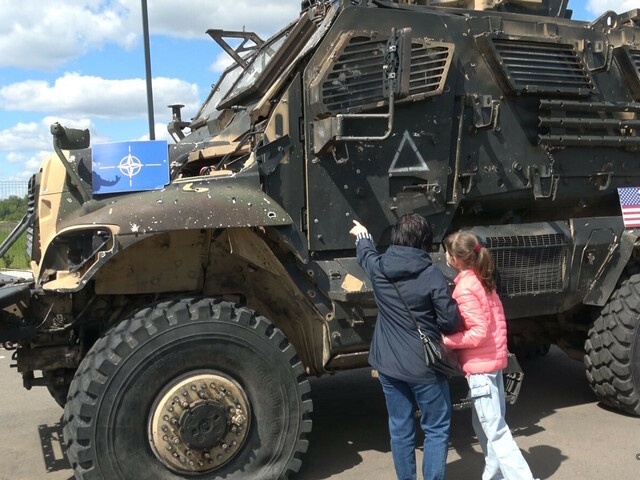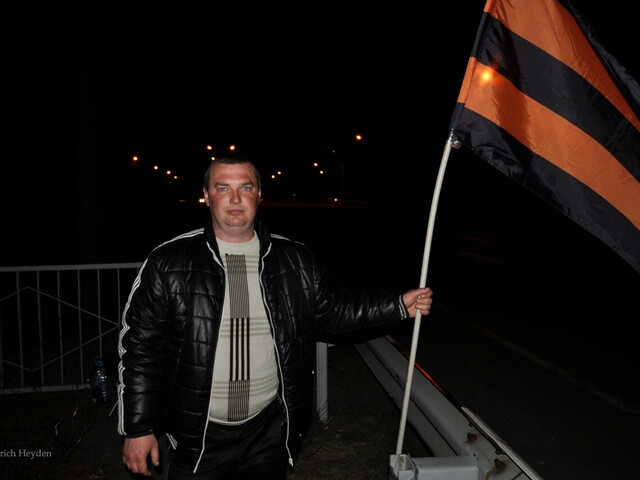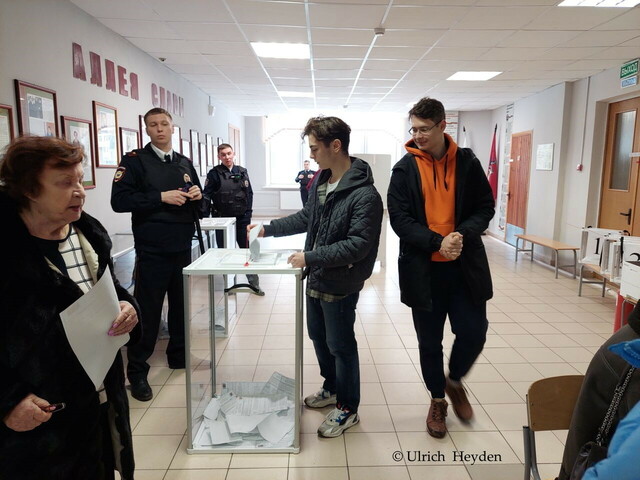West Ukraine is now a permanent playground for NATO forces
By Ulrich Heyden, published in German on Telepolis, Nov 26, 2015, translated to English for New Cold War.org
On November 23, the launch of new military exercises took place at the International Peacekeeping and Security Centre, west of Lviv and near the Poland border in western Ukraine. Five Ukrainian battalions will train together with troops from NATO countries. According to the Ukrainian Defense Ministry, the exercises should continue “into 2017”.
Trident-2015′, began at the International Peacekeeping and Security Centre (ISPC). Participating were 1,800 soldiers from 18 countries.
Guests at the opening ceremony were the Commander of U.S. Armed Forces in Europe Frederick Ben Hodges, Canadian Joint Operations Commander Rear Admiral Peter Ellis, and the ambassadors of the U.S., Canada and Lithuania, namely Geoffrey Pyatt, Roman Vashchuk and Marius Janukonis.
Participating in the long-term exercises include 2,800 soldiers from Ukraine, 1,500 soldiers from the US and 1,000 soldiers from countries participating in the NATO program ‘Partnership for Peace’. U.S., Canadian, British and Lithuanian instructors will train the Ukrainian servicemen of five battalions. They will undergo training under NATO standards of defense, attack and mopup operations.
Out of the five participating Ukrainian battalions, only enlisted soldiers with war experience are receiving training. Among these are 30 men who were honored with medals for “courage and heroism” for their efforts in Eastern Ukraine. The exercises will take place in an area which lies in a north-eastern direction between Lviv (Lemberg) and the Ukrainian-Polish border. It’s a hilly area covering an area of 36,000 hectares, with meadows and beech and oak wood forests.
The Verkhovna Rada adopted a law on November 12 for the express purpose of these exercises allowing the presence of foreign troops in Ukraine for up to 61 days. According to Ukrainian law, the presence of foreign military forces in the country is prohibited.
Training with new U.S. radar equipment
The exercises will practice the use of two mobile radars, type AN/TPQ-36. These were gifted to President Petro Poroshenko from the United States at an official ceremony at Lviv airport on November 14.
The devices, which cost 15 million dollars each, are mounted on jeeps and can get a fix on enemy howitzers or missiles at a distance of up to 24 kilometers, even after only one enemy shot. In using the new radars, the Ukrainian military hope to have success against rebel forces in Eastern Ukraine.
Ukraine has so far received military aid totaling $260 million from the United States. This assistance includes training, the delivery of 230 Humvee jeeps in March 2015, and the two new radars units. Barack Obama refuses to supply Ukraine with military aircraft, notwithstanding insistence by the U.S. Congress.
There may be a hidden supply of special equipment arriving, however. The Russian news agency RIA Novosti reported in early October that within the past year, the U.S. arms manufacturer AMI Global Security delivered 22 sniper rifles type M107A1 using a Bulgarian company, Bulcomers KS Ltd. in Sofia. These were delivered to the Ukrainian National Guard. Also, two U.S. drones type KS-1 have been supplied to the Ukrainian Defense Ministry through a Bulgarian intermediate company. The news agency published copies of the delivery notes.
Poroshenko praises “new dimension”
Since 2013, the International Peacekeeping and Security Centre in Western Ukraine has developed into the most important area for joint maneuvers with NATO soldiers. From April to November 2015, in conjunction with the military exercise ‘Fearless Guardian 2015’, 750 Ukrainian National Guard members were trained by 300 soldiers of the 173rd U.S. Parachute Brigade. In the exercises, the Ukrainian soldiers learned how to fight house-to-house and interrogate prisoners.
When Ukrainian Prime Minister Arseniy Yatsenyuk attended Fearless Guardian 2015 along with U.S. Ambassador Geofrey Pyatt in June, he said that Ukrainian soldiers would also learn “to be strong personalities who can lead soldiers”. President Poroshenko declared at the opening of Fearless Guardian 2015 in the presence of the U.S. ambassador Geoffrey Pyatt: “This is the first Ukrainian-American program at this level and it shows the transition of bilateral military cooperation into a fundamentally new dimension.”
In a festive closing ceremony at the end of the exercises, Acting Assistant Secretary of Defense for International Security Affairs of the U.S. Department of Defense Elissa Slotkin said that the U.S. would continue to “assist Ukraine in the fight against Russian aggression”.
Spokesman of the Russian president, Dmitry Peskov, criticized the exercises because the internal conflict in Ukraine is not yet resolved and the Minsk ceasefire agreement has not yet been implemented. Even German soldiers were involved in Ukraine maneuvers. On July 20, 2015, the two-week ‘Saber Guardian’ maneuvers, part of Rapid Trident-2015′, began at the International Peacekeeping and Security Centre (ISPC). Participating were 1,800 soldiers from 18 countries.
The two largest contingents in the maneuver were Ukraine with 800 soldiers and the U.S. with 500 soldiers. Others who participated in the exercise were from Canada, the Baltic States, Moldova, Romania, Germany, Britain and other NATO member-countries.
The Ukrainian-Canadian maneuver, Operation Unifier, began at the ISPC on September 14, 2015. It is scheduled to last until March 2017. Three-hundred trainers from Canada have started training the Ukrainian soldiers in medical assistance, defusing explosives, protecting block posts and soldier accompaniment The exercise was adapted to real war conditions, according to the Ukrainian Defense Ministry.
Poroshenko: NATO membership of Ukraine in seven years
A NATO membership of Ukraine probably won’t be possible for another seven years, President Petro Poroshenko told a Nov 12, 2015 interview with Deutsche Welle English language service. He said, however, that Ukraine was preparing intensively for eventual membership.
German Foreign Minister Frank-Walter Steinmeier said last year he saw no prospect of Ukraine joining NATO. Poroshenko told DW that this was “not Germany’s opinion but Steinmeier’s opinion”. No one knows “what the position of Germany will be in 2022”, Poroshenko said.
Approval by Ukrainians of membership in NATO has grown from 16 percent in 2013 to 60 percent in 2015, Poroshenko told the DW interview.[1]
Notes by New Cold War.org:
[1] Polling by the International Republican Institute published in October 2015 reported that 48 per cent of Ukrainians polled (not including those in the territories of the people’s republics of Donetsk and Lugansk) favored the country joining NATO.
Ulrich Heyden is a German journalist and author. Since 1992, he has been a freelance correspondent in Moscow for German media, including for Telepolis. He is a co-producer of the 45-minute documentary film (sub-titled in English) Wildfire: The Odessa atrocities of May 2, 2014, released in February 2015. The film documents the arson attack on the Trade Union House in Odessa which left 48 people dead on that day. The victims were protesting the coup of February 2014 which brought a right-wing, ultra-nationalist government to power in Kyiv. Ulrich Heyden’s new book was published in May 2015 (in German): War of the oligarchs: The tug of war over Ukraine, published by PapyRossa.
Published on: New cold war.org


